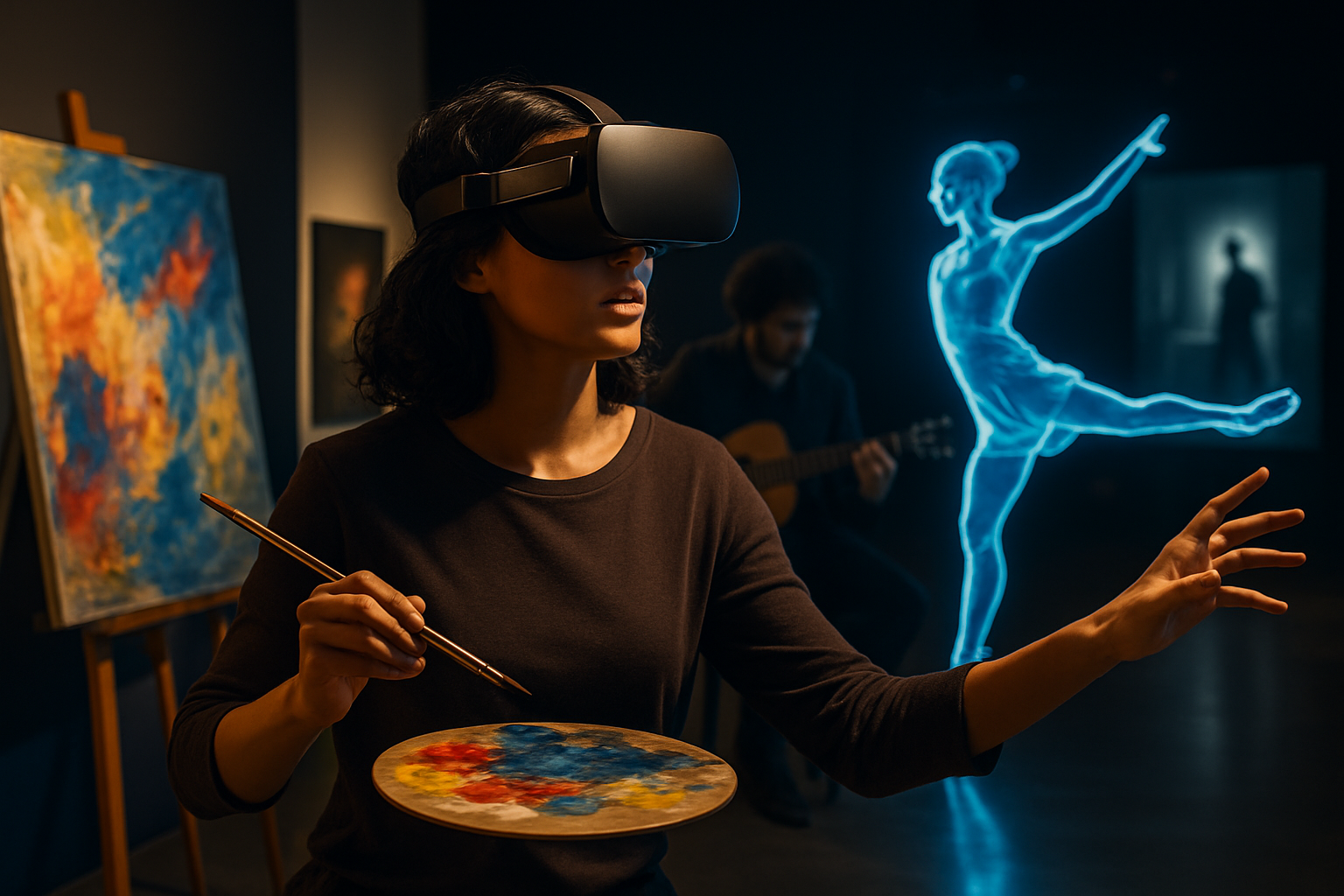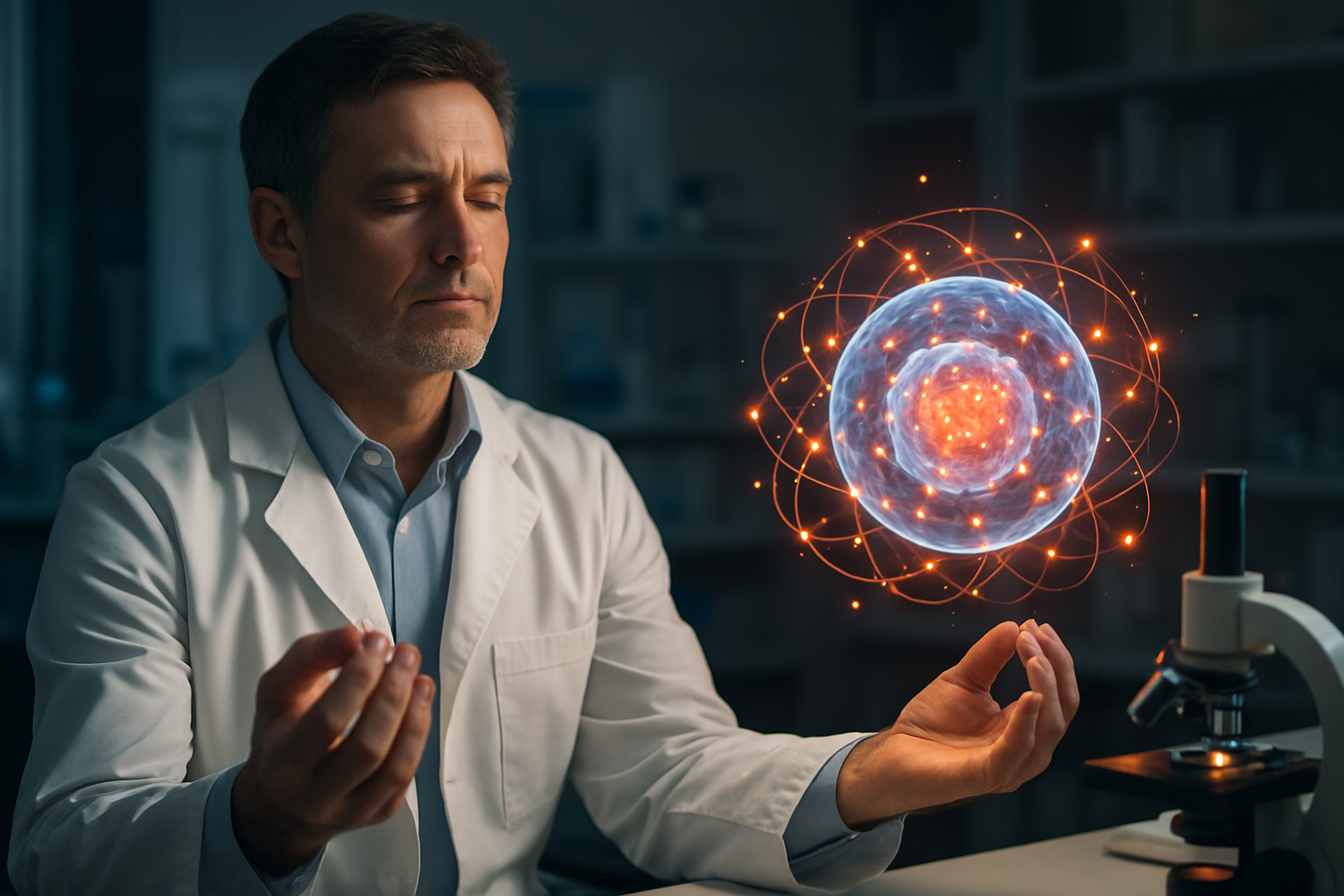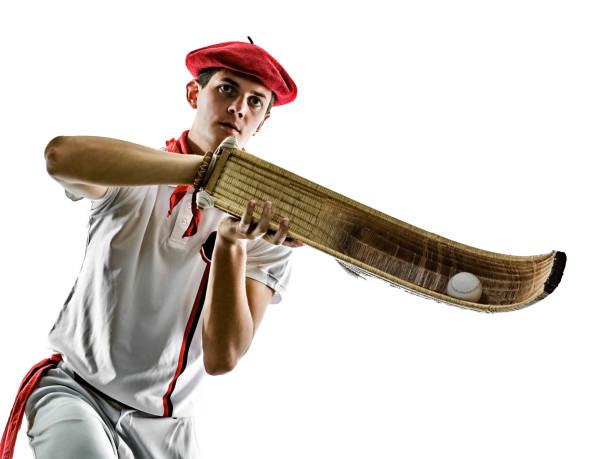Digital Canvas: The Rise of AI-Generated Art
In the ever-evolving landscape of contemporary art, a new frontier has emerged, challenging traditional notions of creativity and authorship. AI-generated art, once a niche curiosity, has rapidly transformed into a significant movement, captivating audiences and sparking heated debates within the art world. This technological revolution is reshaping how we perceive, create, and interact with art, blurring the lines between human and machine creativity.

Deep Learning and Generative Adversarial Networks
At the heart of modern AI art lies deep learning algorithms, particularly Generative Adversarial Networks (GANs). Developed by Ian Goodfellow in 2014, GANs consist of two neural networks: a generator that creates images and a discriminator that evaluates them. This adversarial process allows the AI to learn and improve, producing increasingly sophisticated and realistic artworks.
The Democratization of Creativity
One of the most significant impacts of AI art is its potential to democratize artistic creation. Tools like DALL-E, Midjourney, and Stable Diffusion have made it possible for individuals with little to no artistic training to generate complex, visually striking images simply by providing text prompts. This accessibility has opened up new avenues for creative expression and collaboration between humans and machines.
Ethical and Legal Quandaries
As AI art gains prominence, it raises a host of ethical and legal questions. Issues of copyright, authorship, and the very definition of creativity are being hotly debated. Some argue that AI-generated art is merely a sophisticated form of plagiarism, while others view it as a legitimate new medium. The art world is grappling with how to attribute, value, and protect works created by or in collaboration with AI.
The Human Element in Machine Creativity
Despite fears that AI might render human artists obsolete, many argue that the technology is simply another tool in the artist’s arsenal. The role of the human in AI art creation remains crucial, from designing the algorithms to curating and contextualizing the outputs. This symbiosis between human creativity and machine capability is giving rise to entirely new forms of artistic expression.
AI Art in the Marketplace
The art market has been quick to embrace AI-generated works, with some pieces fetching astronomical prices at auction. In 2018, the portrait Edmond de Belamy, created by the French art collective Obvious using a GAN, sold for $432,500 at Christie’s, marking a watershed moment for AI art in the traditional art world. Since then, numerous galleries and exhibitions dedicated to AI art have sprung up globally.
The Future of AI in Art
As AI technology continues to advance, its impact on the art world is likely to grow exponentially. Some speculate about the possibility of fully autonomous AI artists, capable of conceptualizing and executing original works without human intervention. Others envision a future where AI becomes an indispensable collaborator for human artists, pushing the boundaries of creativity and technical possibility.
In conclusion, AI-generated art represents a paradigm shift in the creative landscape, challenging our understanding of artistry, originality, and the human-machine relationship. As this technology continues to evolve, it promises to redefine the boundaries of artistic expression, opening up new realms of possibility for creators and audiences alike. The digital canvas of AI art is vast and largely unexplored, offering a glimpse into a future where the lines between human and artificial creativity become increasingly blurred.





